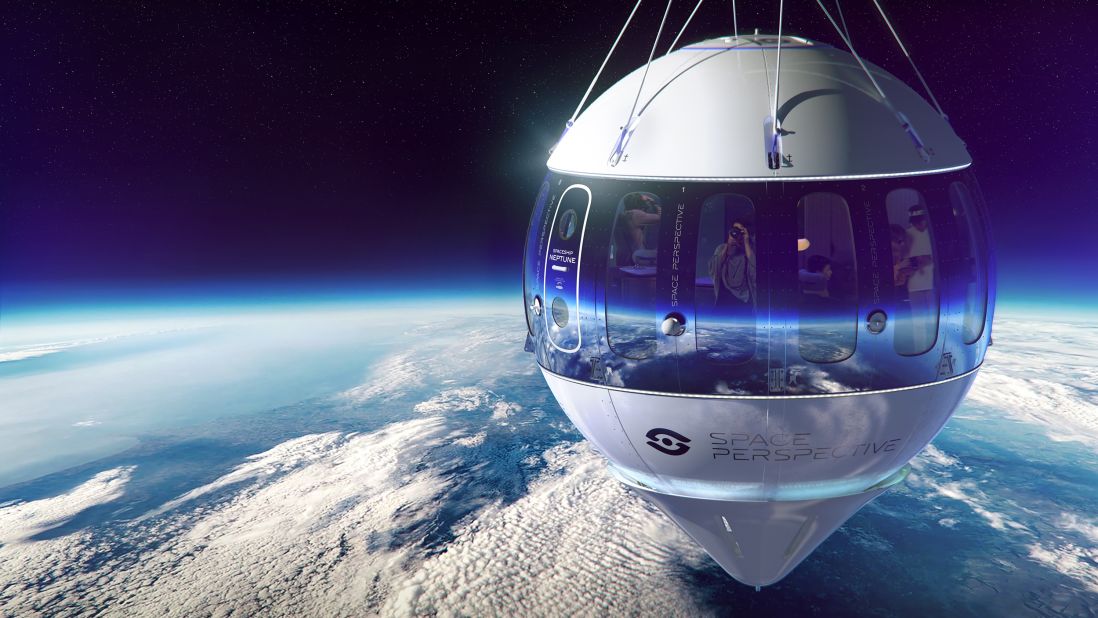Imagine a world where everyone can go to space. Space tourism allows average folks like you and me to visit space. If you desire excitement, it’s a fairy tale come true. Space tourism, where travelers float weightlessly in space and see Earth from above, is the subject of this article. Sustainability and security must be considered in addition to recreation. See what space flight is like beyond Earth.
What is space tourism?
People vacationing in space is called “space tourism.” The scientific purpose of space exploration distinguishes it from space tourism. Space tourism is growing increasingly popular.
The first paying tourist in space was Dennis Tito, who paid over $20 million on a Russian Soyuz spaceship to the ISS in 2001. Suborbital flights on Virgin Galactic’s SpaceShipTwo or Blue Origin’s New Shepard rocket ship have become increasingly popular among tourists.
Space tourism is becoming more popular, with many companies offering tours. These expeditions may include suborbital flights or ISS stays.
Is Space Travel Safe?
Tourists visiting space is now possible. Private companies like SpaceX, Virgin Galactic, and Blue Origin have long tried to fly people into space. You may be certain that the companies launch and land rockets safely.
There is no perfect launch technique, but space debris and solar radiation are the greatest hazards after orbit. The National Space Society says, “Space tourism may be the most cost-effective way of initiating human missions across the solar system.”
Space Travel Requirements
Space missions need a lot of preparation. Depending on your trip, this might include a few hours of online training or weeks of intensive in-person preparation. To engage in space tourism.
Type of Space Travel
Stargazing
Stargazing is a popular space tourism activity in many popular locations. Many of these places are in unpopulated areas with little light pollution.
These stargazing spots have realized their tourist potential and now offer bubble hotels, igloos, and glamping. Aurora Borealis and Southern Lights viewing areas attract stargazers. Astrophotography hotspots are in numerous of these areas.
Space Travel
More individuals are taking space vacations than before. Given the growth of companies offering space tours, space tourism has grown in appeal. First, space travel is expensive. With proper planning, your space travel vacation budget might stay strong.
Also, space travel has hazards. You might be in peril if you’re unprepared for space’s various hazards. Finally, space travel is quite different from Earth flight. It might be hard to adapt if you’re not used to space.
Rocket launches
If you drive near a launch site, you may see a rocket launch. Even though rocket launches are rare, you could catch one if you’re lucky. Before private enterprises, only government contractors could launch rockets.
However, space tourism altered everything. There are various things to consider before watching a rocket launch.
First, safeguard yourself. Being near a launch site increases injury and death risk. Second, examine the forecast. The launch may be cloudy.
Last but not least, resist. It would be best to allow additional time if the rocket doesn’t launch on schedule. Following these instructions may increase your chances of observing a rocket launch while traveling.
Advantage of Space Travel
Exploring Earth from orbit may inspire and liberate. It’s unmatched on Earth. Tourists on commercial space trips love seeing Earth from orbit. The planet’s beauty and size may seem different from here. Space tourism offers a new viewpoint on humanity.
Overview Effect: Astronauts see Earth from space and alter their minds. This shift often makes people realize they must conserve the Earth. Space tourism flights are once-in-a-lifetime experiences. You won’t disappoint.
Mars colony
Space tourism proposes constructing colonies on the Moon or Mars for exploration and as a backup for Earth in a catastrophic event. Even the most basic individuals must travel to space for scientific inquiry. Tourists should enter the space first.
Scientific Research
Using telescopes on spacecraft, scientists can examine Earth’s circumstances from above, making space tourism appealing. This is essential to space flight. We need to monitor Earth from orbit to maintain it in good health and raise living standards.
Who can afford space travel, and how much?
Space tourism is popular yet expensive. Costs for suborbital flights vary from $100,000 to $250,000. Flights into Earth orbit cost $200–300 million.
What distinguishes these space travel options? Suborbital flights transport passengers 100 miles into space and back, making them cheaper than orbital missions. Each direction takes 4 minutes (including takeoff and landing).
After hours in low Earth orbit, at least 200 miles above sea level and up to 250 miles from Earth, you’ll make 90-minute journeys home until your fuel runs out.
Space tourists are more likely to choose suborbital trips since they are cheaper and safer than orbital flights, which need more complex technology to ensure safe return.
Conclusion
Explorers of many backgrounds are excited about space exploration. This new profession might expose people to space and its marvels, improving their understanding of the universe.
While we enthusiastically embrace this new era, we must remember its environmental and ethical impacts. We must balance discovery and preservation as we go beyond Earth.
Space tourism may make science and the environment more accessible and spread the wonders of the cosmos.
